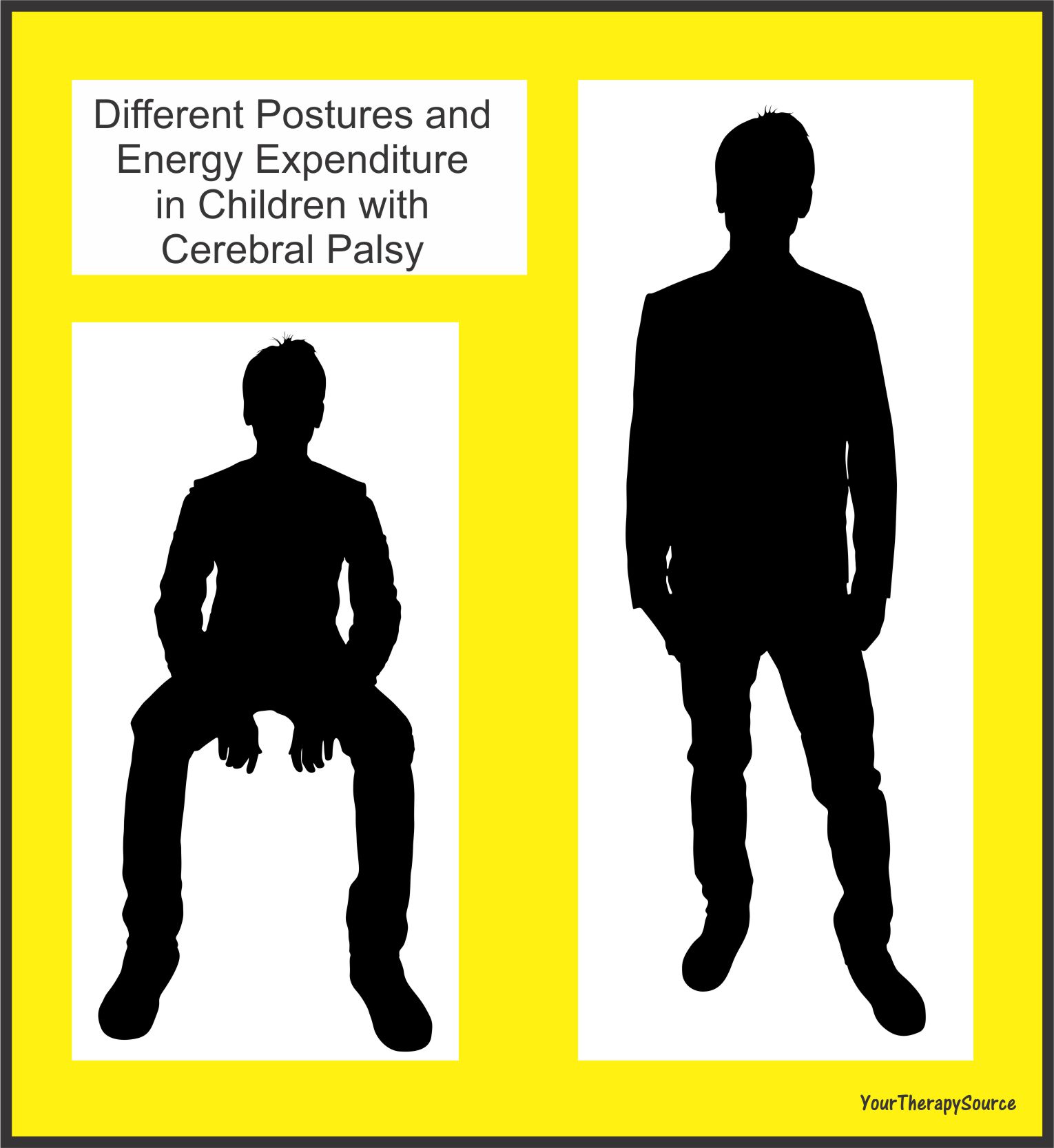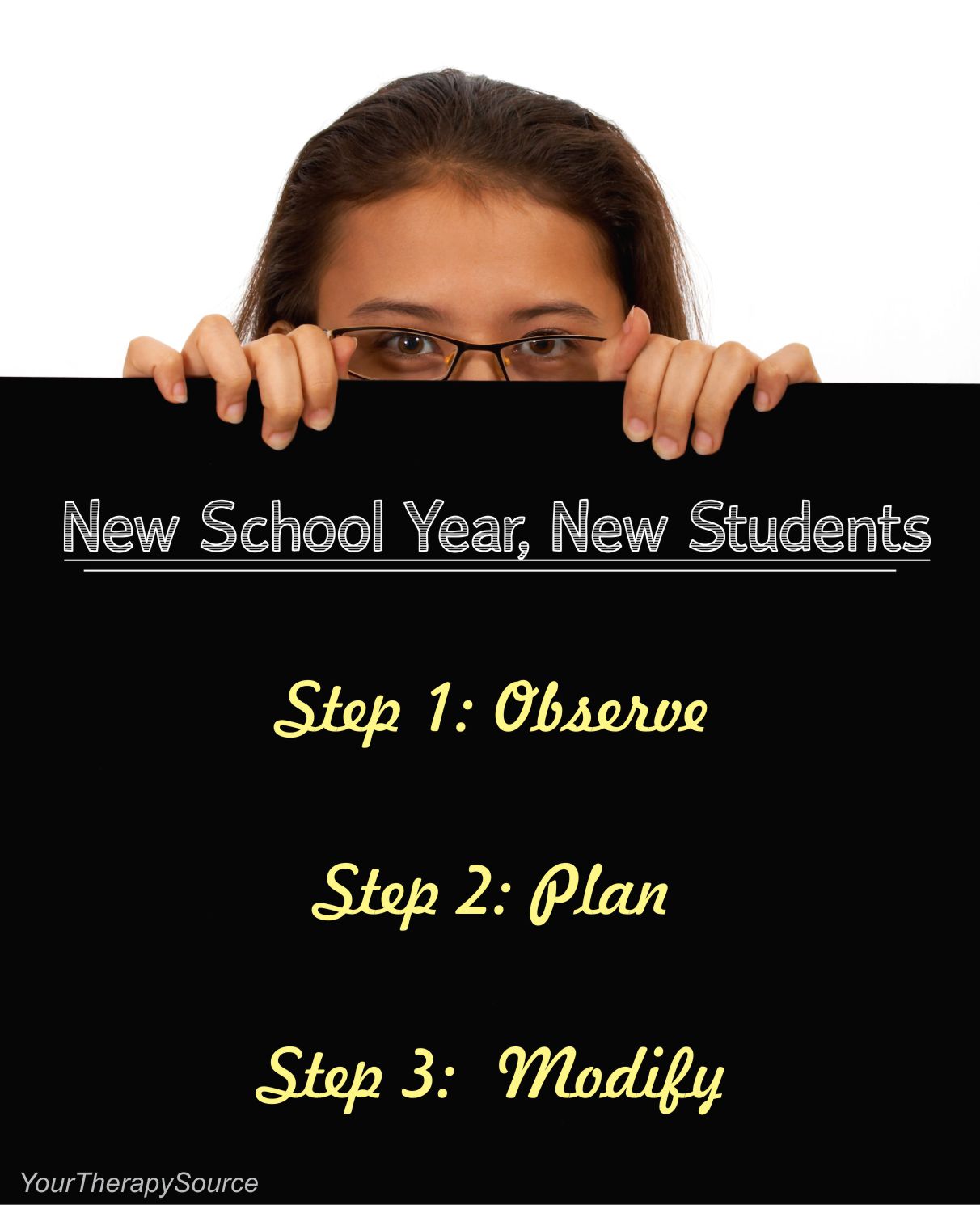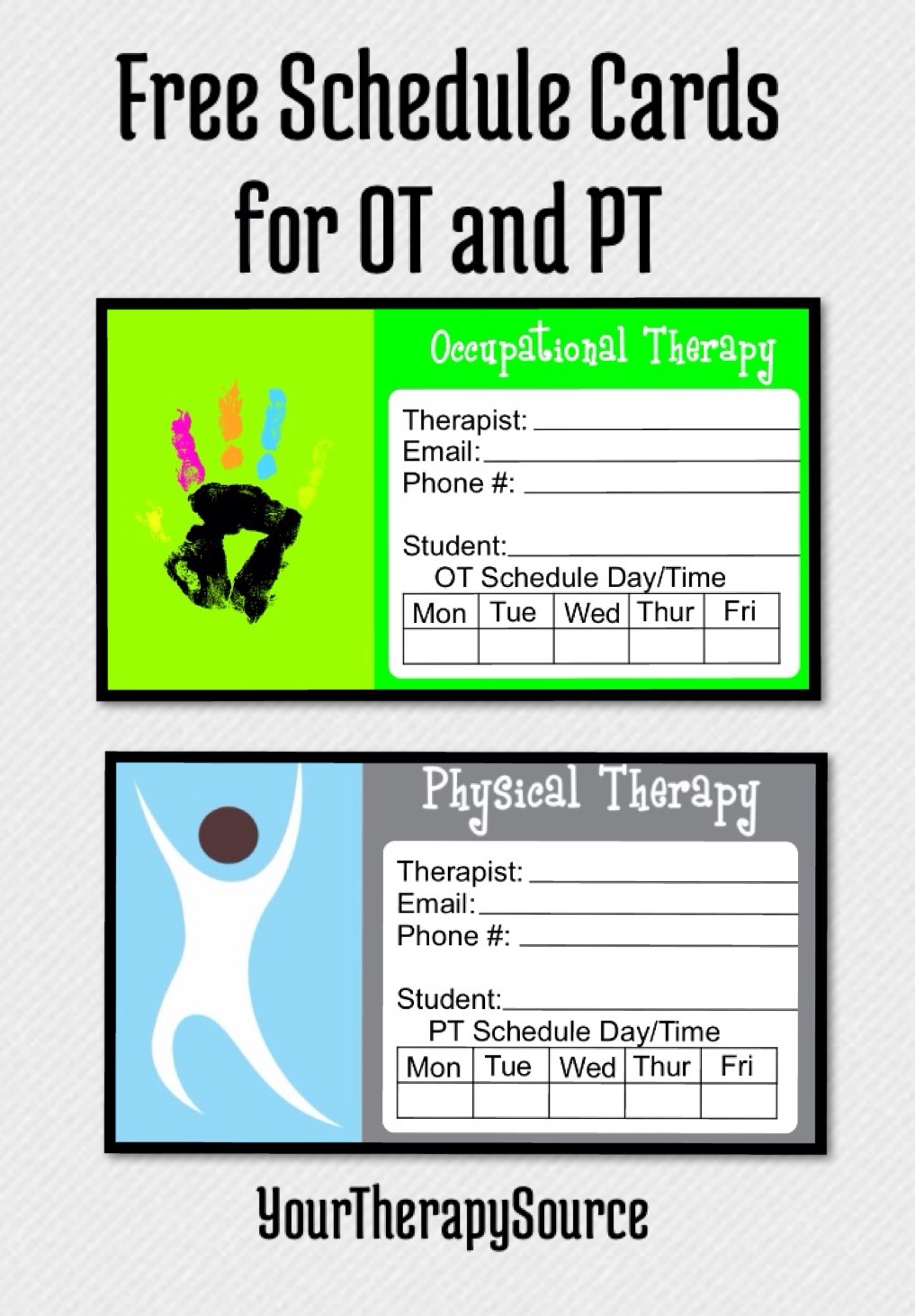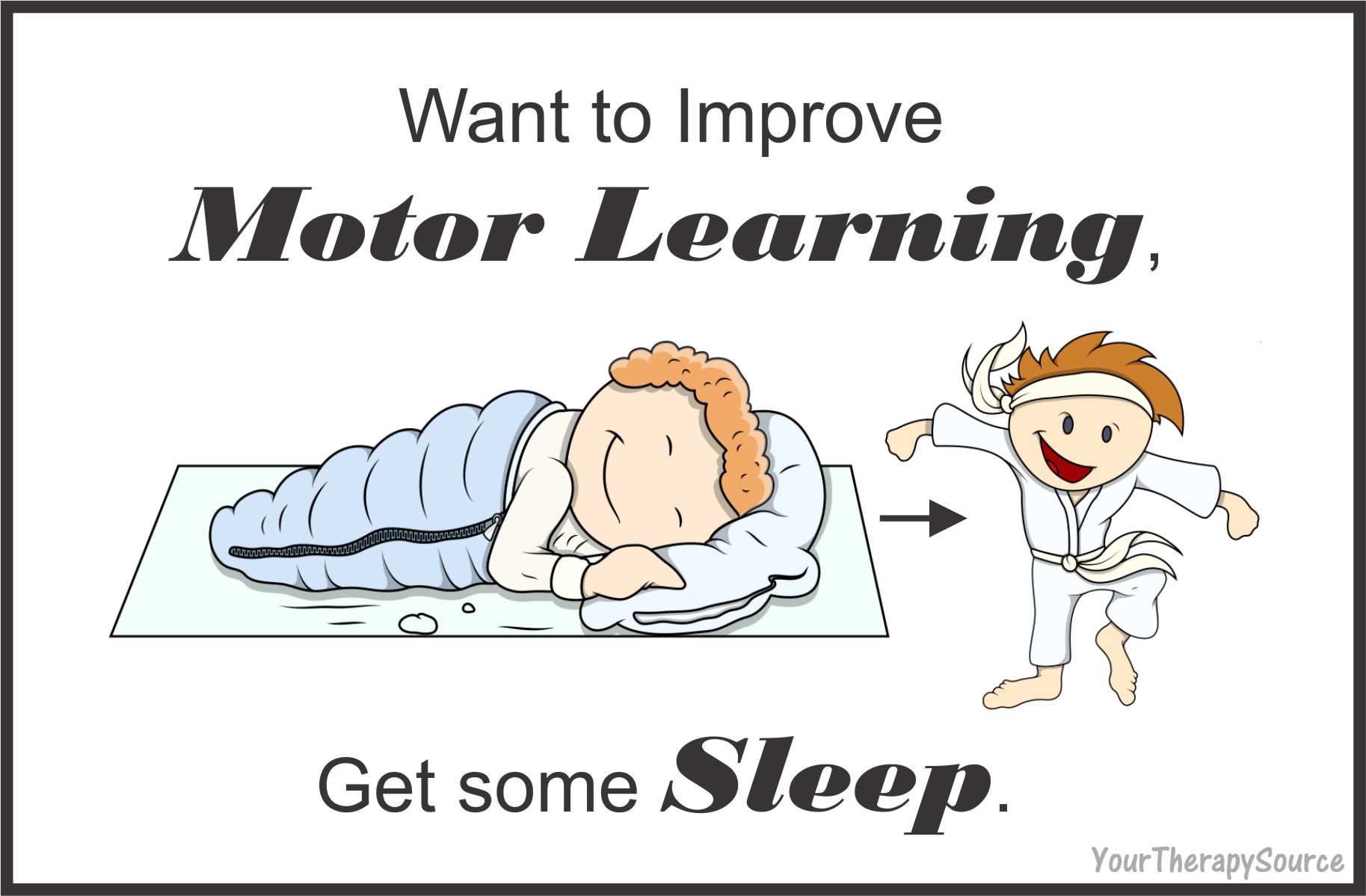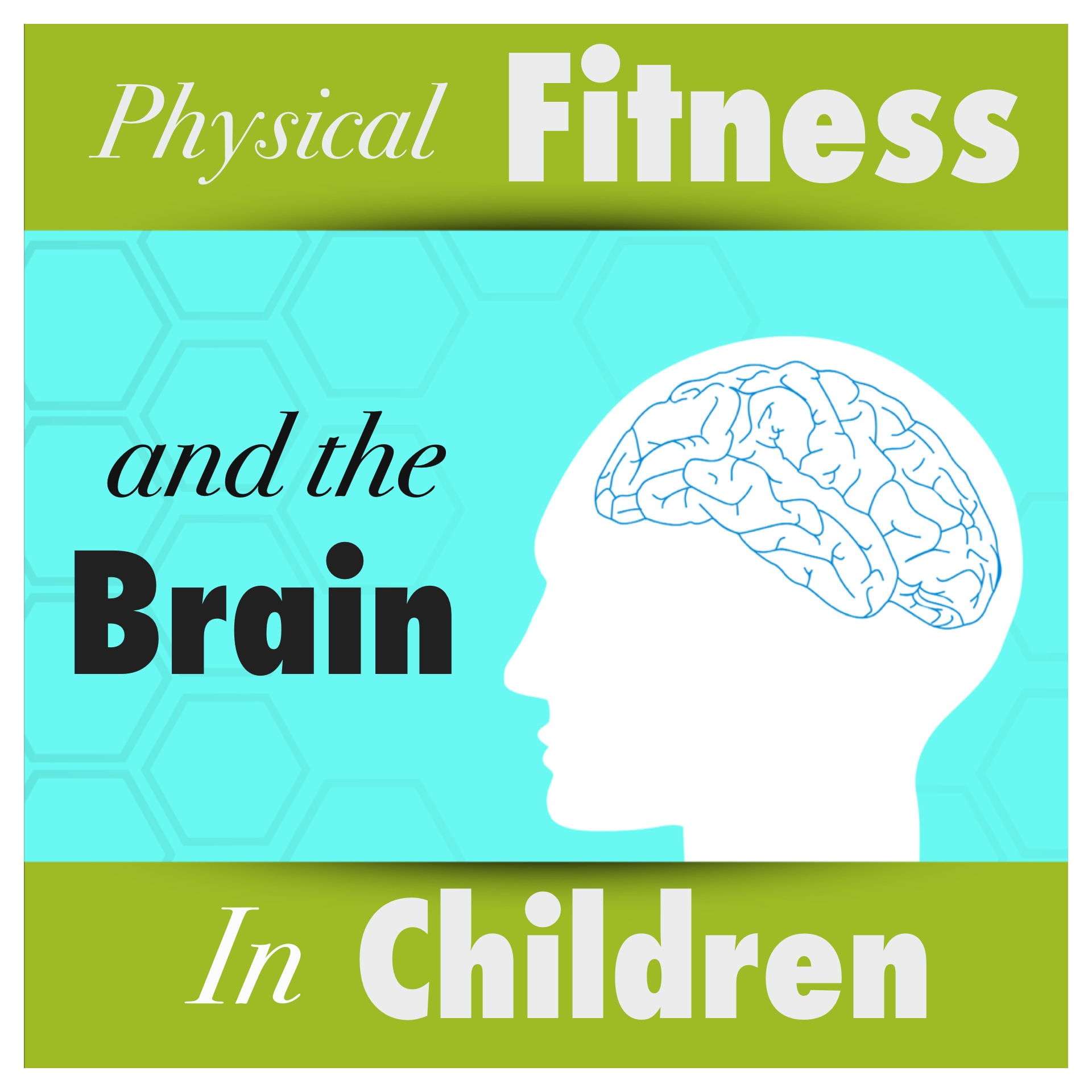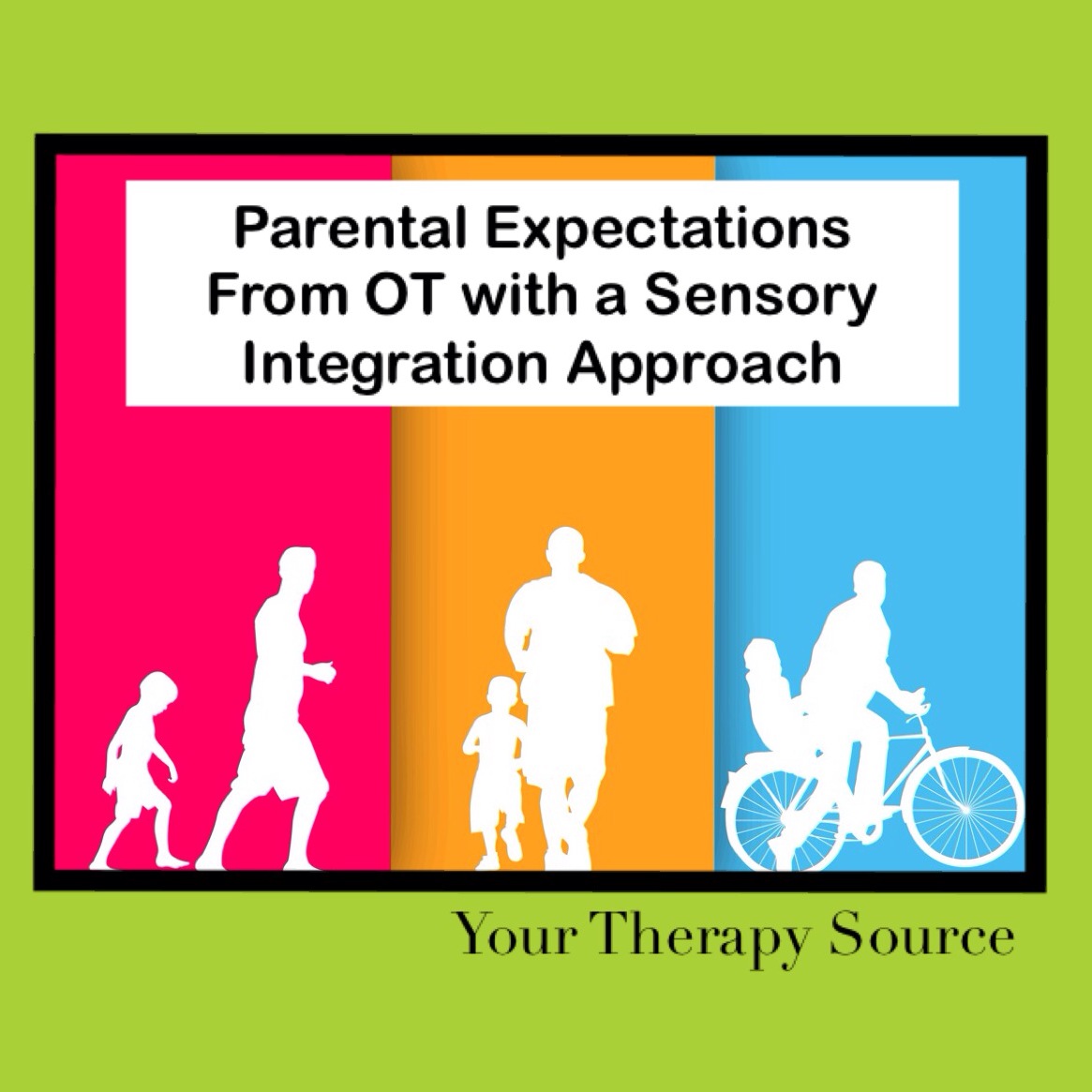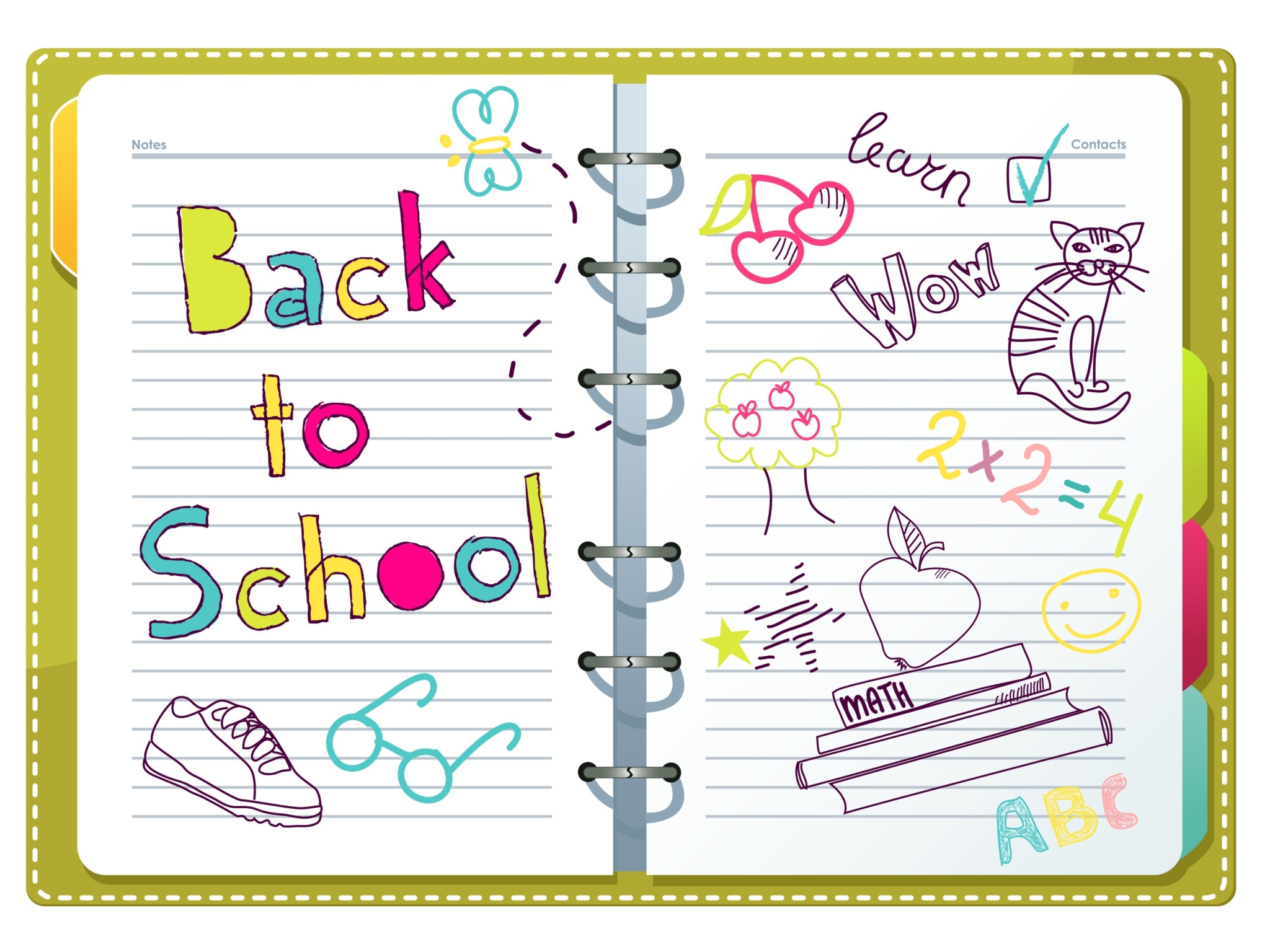Different Postures and Energy Expenditure in Children with Cerebral Palsy
Research was published comparing the muscle activation and energy expenditure of different postures in children and adolescents with cerebral palsy. Energy-expenditure and muscle activity were measured during lying supine, sitting with support, sitting without support, and standing in 19 subjects with cerebral palsy (GMFCS- E&R Levels I-V). Using indirect calorimetry and surface electromyography, the […]

